Introduction to Philodendron McDowell
Philodendron McDowell is a stunning and popular hybrid plant that has captured the hearts of houseplant enthusiasts worldwide. With its beautiful foliage and easy-to-care-for nature, this plant makes a great addition to any indoor space. In this article, we’ll take an in-depth look at the history, characteristics, care requirements, and propagation methods of this fascinating plant.
Philodendron McDowell: Origin and History
Discovery and Naming
Philodendron McDowell is a man-made hybrid, created by crossing Philodendron bipinnatifidum with Philodendron speciosum. The plant was named in honor of its creator, renowned horticulturist and plant breeder Julius McDowell.
Botanical Classification
Belonging to the Araceae family, Philodendron McDowell is a member of the Philodendron genus, which consists of around 500 species. This diverse group of plants is native to tropical regions of the Americas and is known for their striking foliage and ease of cultivation.
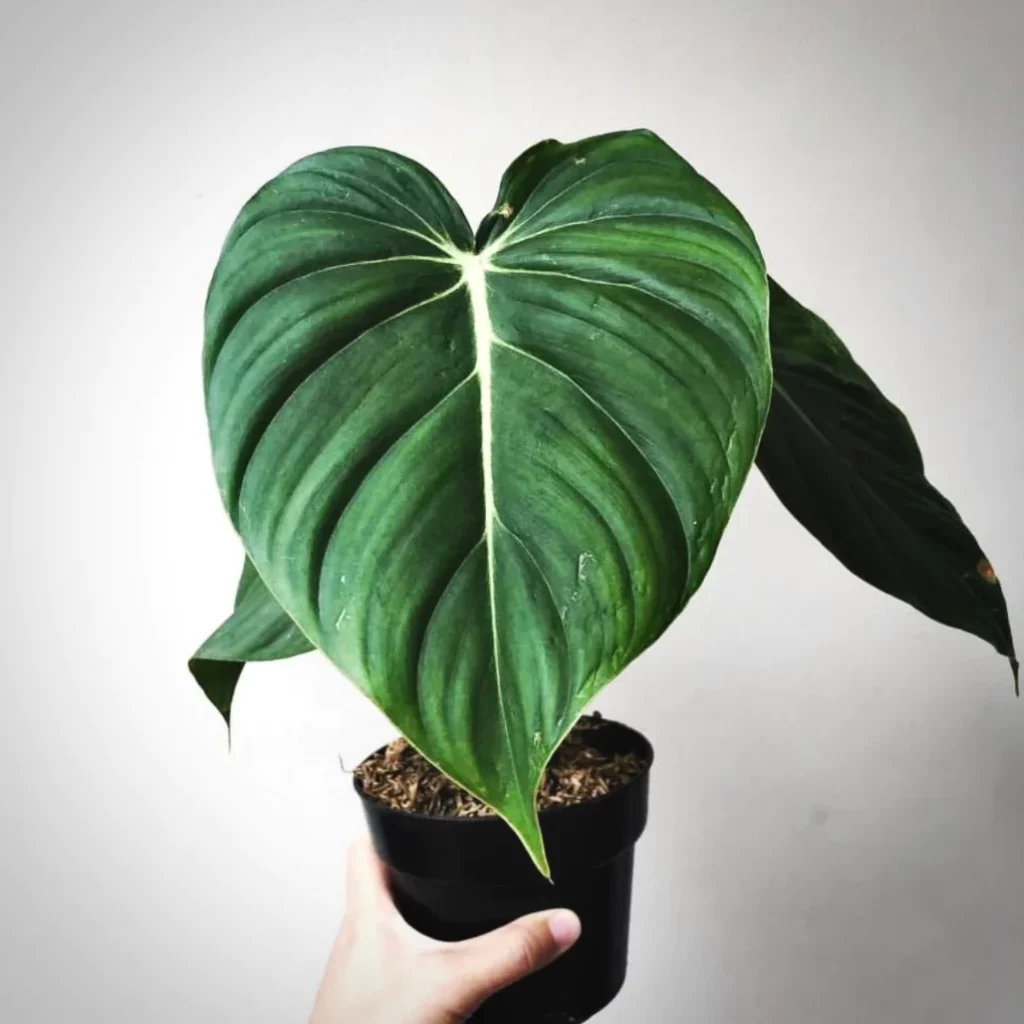
Characteristics of Philodendron McDowell
Leaves
The most striking feature of Philodendron McDowell is its lush, vibrant green leaves. The large, deeply lobed leaves can reach up to 2 feet in length and are reminiscent of those found on its parent plants. As the plant matures, the leaves develop a glossy, leathery texture, adding to its visual appeal.
Stems
Philodendron McDowell has sturdy, climbing stems that can reach several feet in length. The plant will benefit from the support of a moss pole or trellis, which will encourage healthy growth and allow it to showcase its attractive foliage.
Growth Habit
Philodendron McDowell exhibits a moderate growth rate and can reach a height of up to 5 feet indoors. This plant is well-suited for large pots or containers and makes a striking focal point in any indoor space.
Philodendron species are the most sought after by aroid plant lovers
How to Care for Philodendron McDowell
Light Requirements
Philodendron McDowell thrives in bright, indirect light. Too much direct sunlight can scorch the leaves, while low light conditions can cause the plant to become leggy and lose its vibrant color. A north or east-facing window is ideal for maintaining the health and beauty of this plant.
Watering Needs
This plant prefers evenly moist soil but is somewhat forgiving of occasional over or under-watering. Allow the top inch of soil to dry out between waterings, and then water thoroughly until water drains from the bottom of the pot. Be sure to empty the saucer to avoid standing water, as this can lead to root rot.
Soil and Potting
A well-draining, peat-based potting mix is ideal for Philodendron McDowell. Mixing equal parts of peat moss, perlite, and potting soil will create an ideal growing environment for the plant. Ensure that the container has drainage holes to prevent excess moisture buildup. To understand the best soil mixtures for Philodendrons, see our comprehensive care tips
Temperature and Humidity
Philodendron McDowell enjoys warm temperatures between 65-80°F (18-27°C) and moderate humidity levels. If your indoor environment is too dry, consider placing a humidifier near the plant or grouping it with other moisture-loving plants. Avoid placing the plant near drafts or air conditioning vents, as this can cause leaf damage.
Fertilizer
Feed your Philodendron McDowell every 4-6 weeks during the growing season (spring and summer) with a balanced, water-soluble fertilizer. Reduce feeding to every 8-10 weeks during the fall and winter, when the plant’s growth slows down.
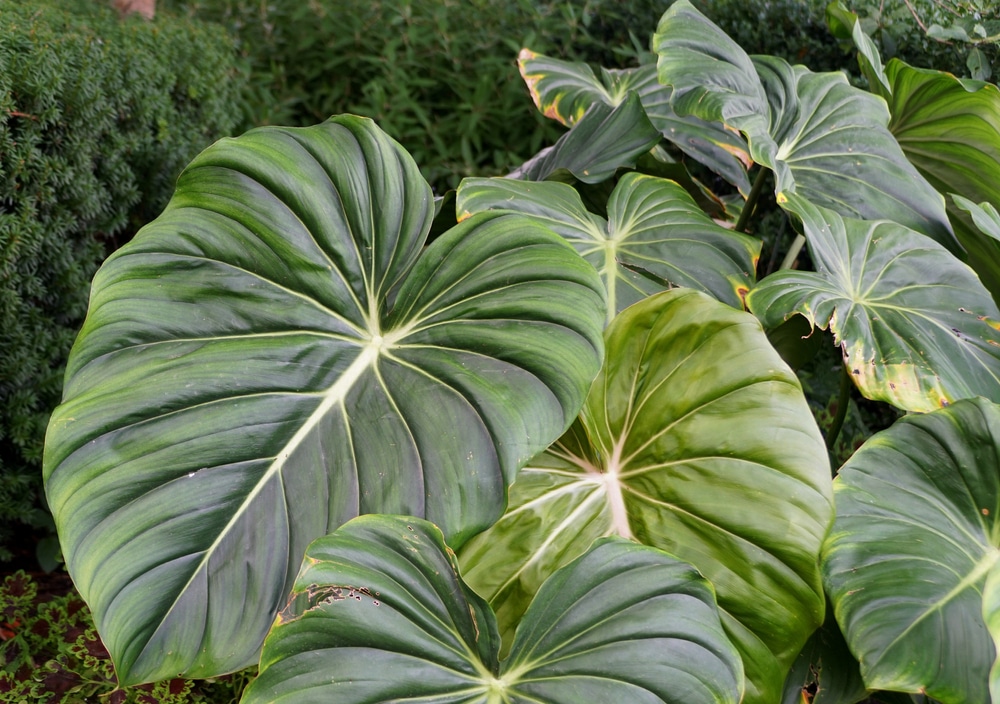
“Unleash the beauty of nature in your home with the Philodendron McDowell! Click the link to embrace this stunning plant and transform your space today. Don’t miss out – make it yours now!”
Support
Provide a moss pole or trellis for the vining stems to climb. Tie stems loosely in place as needed. Or, allow trailing growth.
Plants like Monstera, Colocasia, Dischidia, Fern (Platycerium), Zamioculcas zamiifolia – ZZ plant, and Sansevieria also benefit from similar supportive care techniques.
Philodendron McDowell Propagation
Stem Cuttings
One of the easiest ways to propagate Philodendron McDowell is through stem cuttings. Choose a healthy stem with at least one leaf and a visible node. Cut the stem just below the node and place it in a glass of water, making sure the node is submerged. Change the water every few days and wait for roots to develop, which can take several weeks. Once the roots have grown to a few inches in length, transfer the cutting to a pot filled with well-draining potting mix.
Air Layering
Air layering is another propagation method suitable for Philodendron McDowell. Select a healthy stem with a visible node and make a small upward cut into the stem, just below the node. Carefully wrap a small piece of moist sphagnum moss around the cut, then wrap plastic wrap around the moss to keep it in place. Secure the plastic wrap with twist ties or string. Over time, roots will form at the cut site. Once sufficient roots have developed, cut the stem below the roots and plant it in a pot with well-draining potting mix.
Common Issues and Solutions
Yellow Leaves
If you notice yellow leaves on your Philodendron McDowell, it could be a sign of overwatering. Allow the soil to dry out slightly between waterings and ensure proper drainage to avoid root rot.
Leaf Curling
Curling leaves may indicate that the plant is receiving too little water or is exposed to drafts or low temperatures. Adjust your watering schedule and ensure the plant is in a suitable location to maintain its health.
Pests
Philodendron McDowell can occasionally attract pests such as aphids, spider mites, and mealybugs. Inspect the plant regularly and treat any infestations promptly using insecticidal soap or neem oil.
Philodendron McDowell: A Popular Houseplant Choice
With its striking foliage, ease of care, and versatility, it’s no wonder that Philodendron McDowell has become a popular choice among houseplant enthusiasts. By following the care guidelines outlined in this article, you can enjoy the beauty and charm of this exceptional plant for years to come.
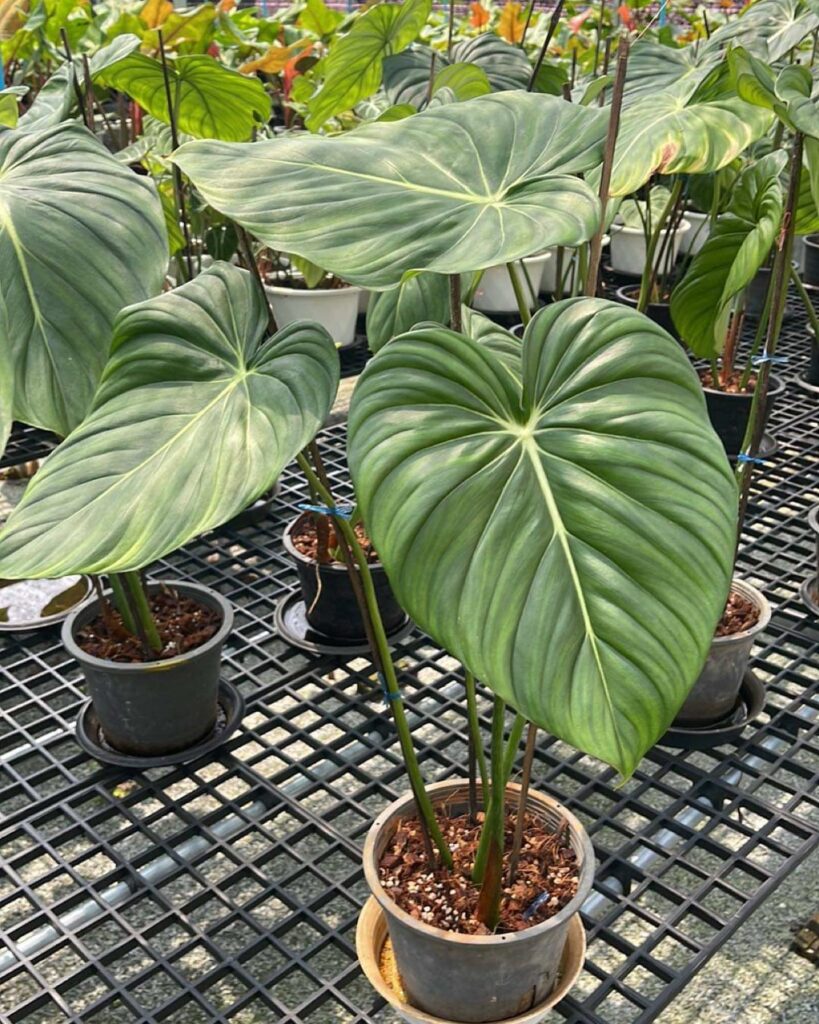
Conclusion
In conclusion, Philodendron McDowell is a beautiful and relatively easy-to-care-for houseplant that adds a touch of tropical elegance to any indoor space. With the right care and attention, your Philodendron McDowell will reward you with stunning, vibrant foliage and a lasting presence in your home.
FAQs
- Is Philodendron McDowell toxic to pets? Yes, Philodendron McDowell contains calcium oxalate crystals, which can be toxic to both pets and humans if ingested. Keep this plant out of reach of curious pets and children.
- How often should I repot my Philodendron McDowell? It’s generally recommended to repot your Philodendron McDowell every 2-3 years or when the plant becomes root-bound. Repotting encourages healthy growth and provides fresh nutrients for your plant.
- Can I grow Philodendron McDowell outdoors? Philodendron McDowell can be grown outdoors in USDA plant hardiness zones 9-11. However, it’s essential to provide the plant with adequate shade and protect it from cold temperatures, as it is not frost-tolerant.
- Why are the leaves on my Philodendron McDowell turning brown? Brown leaves can be a sign of underwatering, low humidity, or fertilizer burn. Check your watering schedule, adjust the humidity levels around your plant, and ensure you are not over-fertilizing to maintain the health of your Philodendron McDowell.
- Can I prune my Philodendron McDowell? Yes, pruning your Philodendron McDowell can help maintain its shape and size. Remove any dead or damaged leaves and trim back long, leggy stems to encourage bushier growth. Always use clean, sharp pruning shears to avoid damaging the plant.





















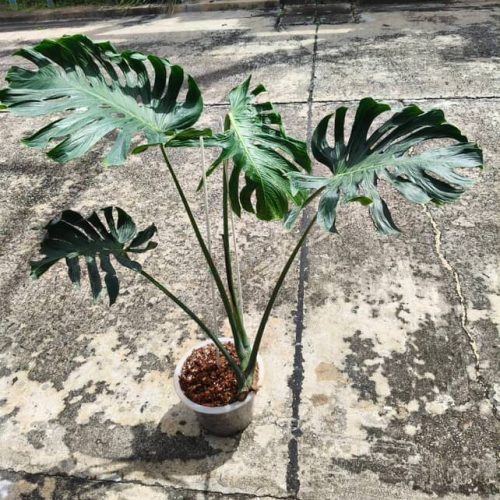
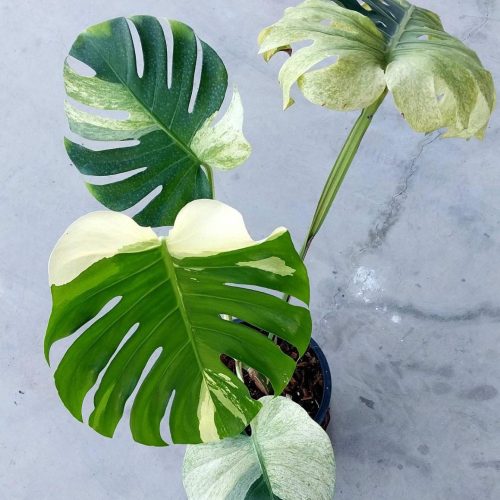



![12x Monstera Borsigiana Albo half leaves variegata [3-4 leaves]](https://greenboog.com/wp-content/uploads/2024/10/Monstera-Borsigiana-Albo-half-leaves-variegata-1-500x500.jpg)
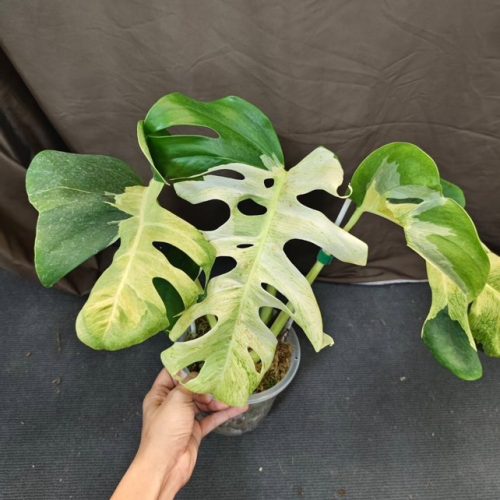

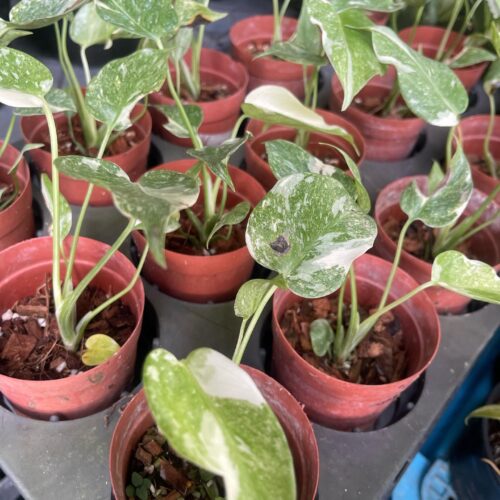
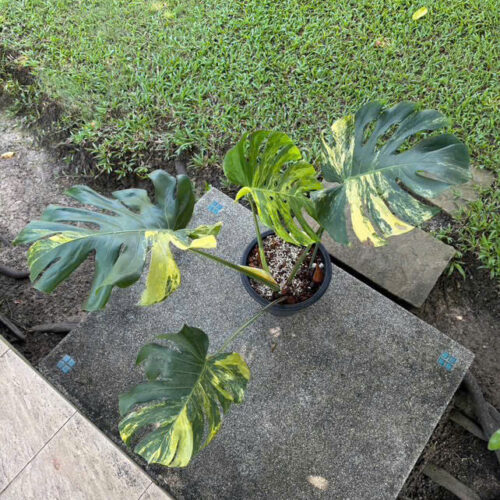
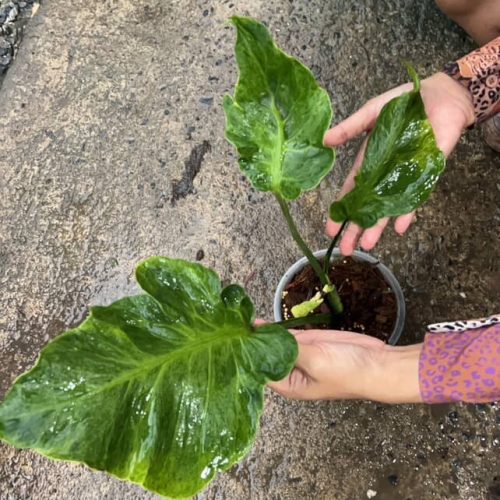
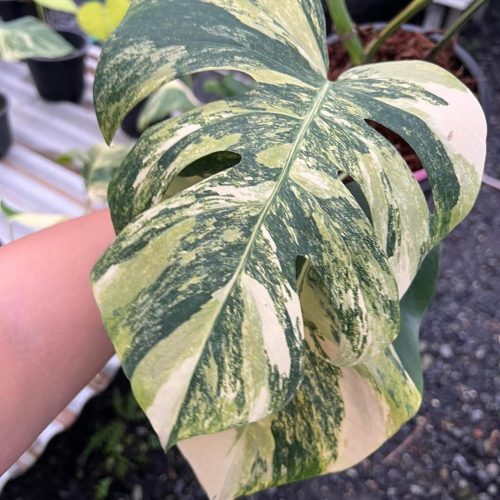

![10 Pots x Monstera Aurea Variegated / Mix Aurea tri color 3-4 leaves [well variegated]](https://greenboog.com/wp-content/uploads/2024/08/Monstera-Aurea-Tri-color-500x500.jpg)

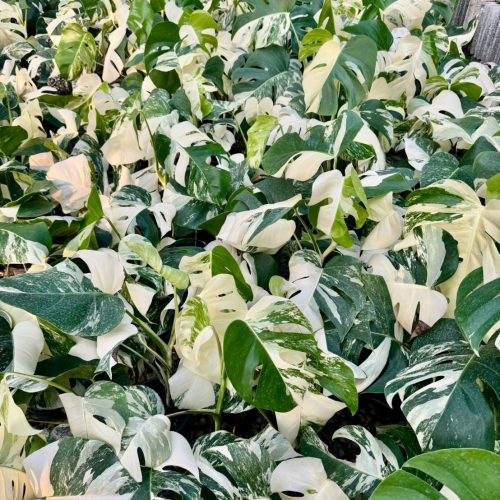
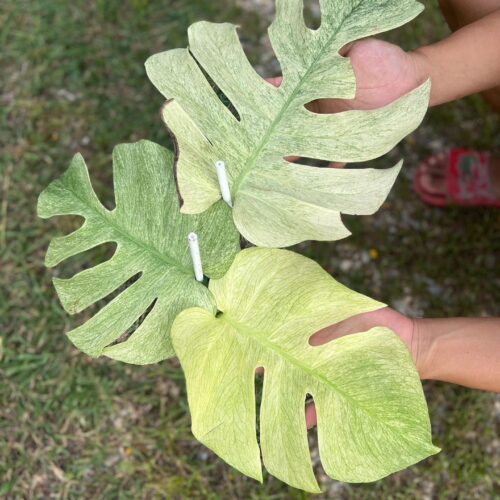
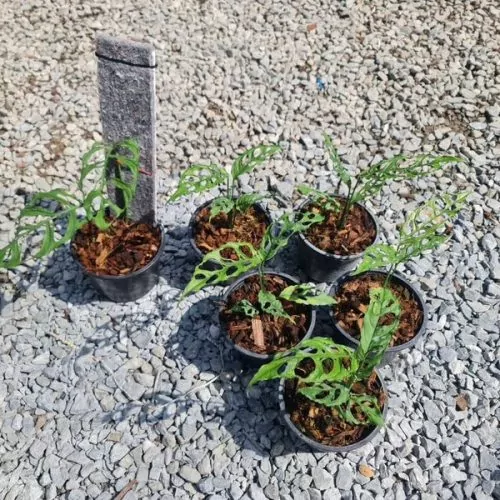
![[SALE] 10 Pots x Monstera Aurea Variegated 3-6 leaves [Medium size]](https://greenboog.com/wp-content/uploads/2025/01/Monstera-Aurea-variegated-4-6-leafs-500x482.jpg)

